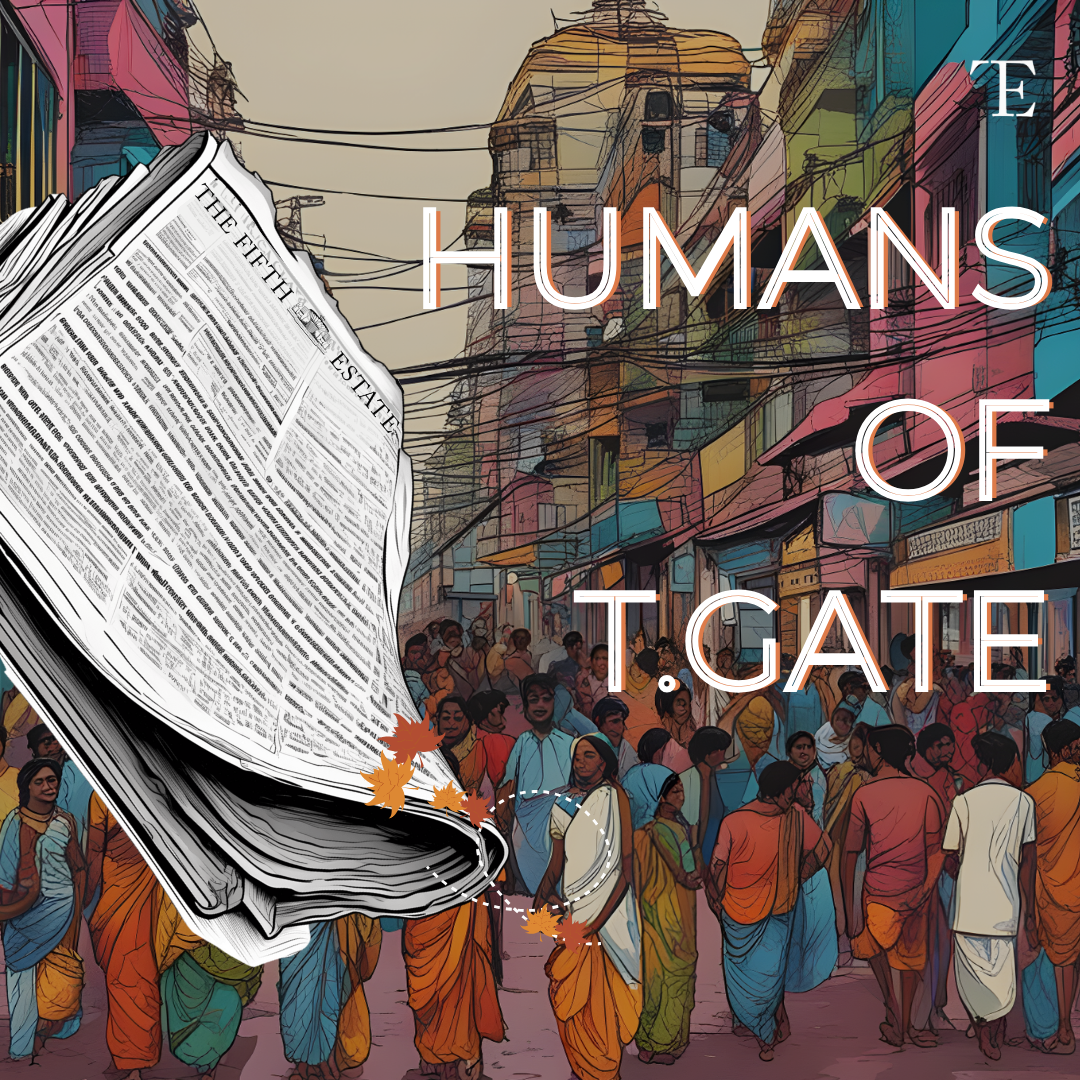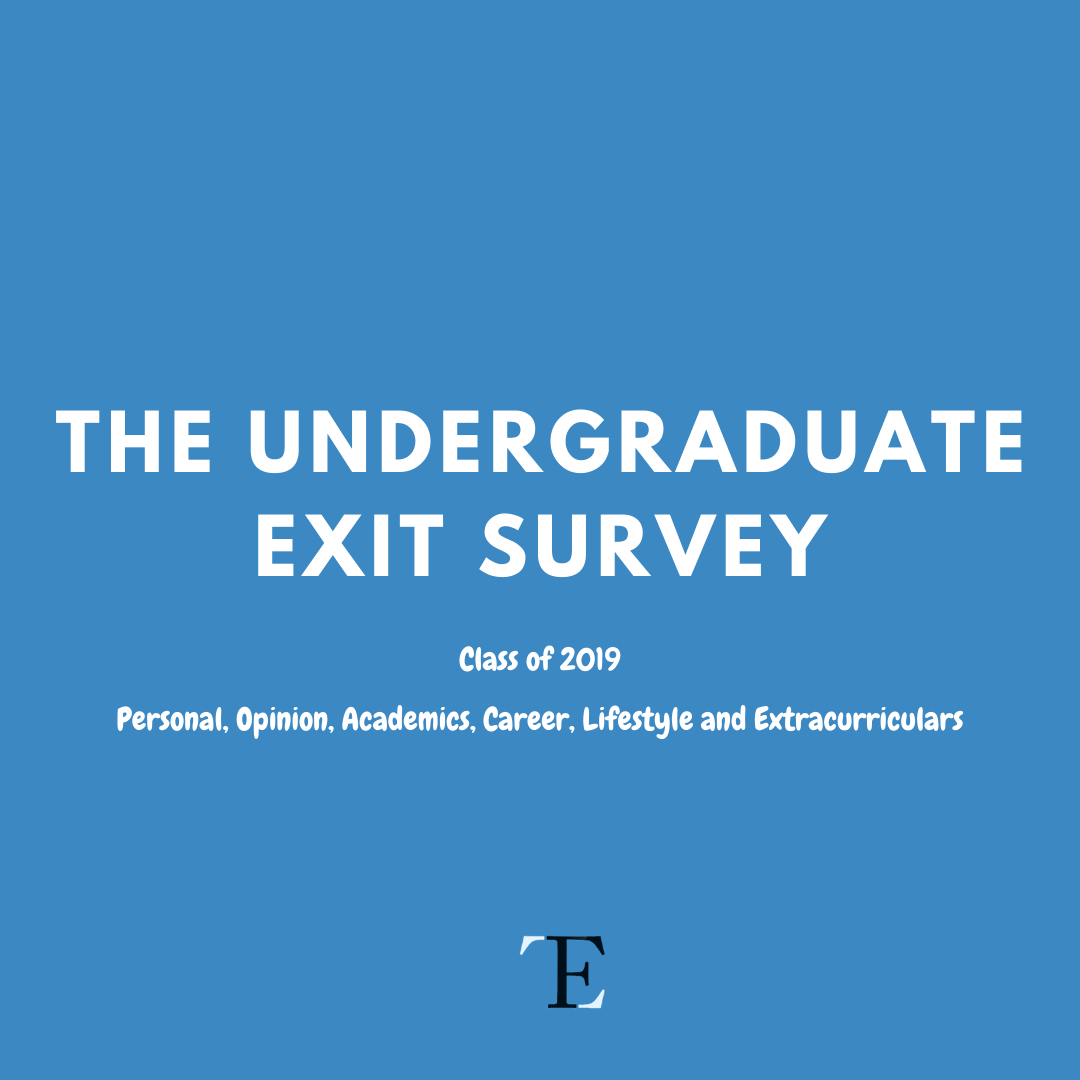Edited by Rohini Dikshit
Design by G. Rohit Reddy
It is that time of the year when every company develops a sudden interest in what happens when water droplets undergo refraction. As heartening as the attention is, the real meaning of Pride can sometimes get lost in the corporate din. In honour of the momentous Stonewall riots of 1969 that sought to fight back against the institutionalized oppression of the LGBTQIA+ community, millions of people around the world belonging to the community mark June as ‘Pride Month’. It is a movement for social, legal, political, and economic equality and is a symbol of hope for many who are still persecuted around the world.
Our primary education system may teach us about the different types of plant cells, but it cannot give us a basic overview of the diversity of people living around us. The LGBTQIA+ community have been, and still are in parts of the world, persecuted due to irrational fears and conservative mindsets. We are conditioned to disregard or mock those who do not fit the ‘standard’ mould as abnormalities; we are taught to conform. For those of us who grew up seeing only a hero in a leather jacket and a heroine in a saree on the billboard, conflating ‘gay’ with effeminacy, and liberally using variants of ‘gay’ as casual insults, encountering diverse sexualities or gender identities can cause dissonance.
For those of us who grew up seeing only a hero in a leather jacket and a heroine in a saree on the billboard, conflating ‘gay’ with effeminacy, and liberally using variants of ‘gay’ as casual insults, encountering diverse sexualities or gender identities can cause dissonance.
While this dissonance is inevitable in our society, where sexuality is still taboo, it is not beyond reform. It is time we take conscious steps to undo our conditioning and dismantle the homophobic or transphobic culture around us. Homophobia and transphobia is the hatred of or discomfort with those who do not seem to fit within the prevalent norms of heterosexuality or gender identity and expression. With the world progressing towards inclusivity, being uninformed does not hold up as an excuse for bigotry anymore. If we can take the time to scroll through videos of a woman putting her face in different kinds of bread, we can surely take a few minutes to look up the Genderbread man and read up on something that our classmate may be struggling with. Therefore, it is time we break down what it means to be part of the LGBTQIA+ community and how one can help and support them. Gender and sexual identity has four primary aspects: sex, gender, gender expression, and sexuality.
Sex: “Ladka ya ladki” (translates to “boy or girl”) is the first question asked after the joyous birth of a child. If we go to the root of the question, it is basically asking what sex organs one has. The biological sex organs and hormonal levels you are born with determine your sex.
Gender: Since the dawn of civilization, humans have been categorised in society. It seems as if each classification bears a special purpose and is essential for society to function. The most recognisable form of this classification in society is gender. Like all other classifications, this is a man(and woman)-made concept. Unlike what all the forms we filled over the years say, sex and gender, while related, are not the same. Nature doesn’t decide gender differences, like what clothes and toys are ‘right’ or the jobs one must do. Gender is what you see yourself as. It is not a choice; one does not simply wake up one day and decide to switch. It is an instinctual feeling affected by many factors.
Cis-het: People who are cisgender (their gender aligns with the sex assigned at birth) and heterosexual (attracted to those of the opposite sex). This is often considered the ‘default’ or the ‘normal’, which is called heteronormativity.
Queer: People who do not fit in with the ‘standard’, i.e., are not cis-het, are referred to as queer. It is an umbrella term that encompasses multiple sets of gender identities and sexual orientations. It’s also a term preferred by those who do not wish to label themselves. ‘Queer’ is symbolic as it was first used to discriminate against people who were considered outcasts to society. Over time, the word has been reclaimed to be used within the LGBTQ+ community. The concept of binary identities and the queer community are like wasabi and Oreo; they simply do not belong together. Gender, sex, sexuality, and gender expression are situated on a spectrum. One can belong anywhere (or nowhere) on this spectrum. I don’t always need to use a comma or a full stop; I could also use a semicolon.
The concept of binary identities and the queer community are like wasabi and Oreo; they simply do not belong together. Gender, sex, sexuality, and gender expression are situated on a spectrum. One can belong anywhere (or nowhere) on this spectrum.
Intersex: Sometimes, due to natural variations in chromosomes or other prenatal factors, people are born with features that do not fit typical definitions of either sex.
Transgender: The opposite of cis-gendered. People whose gender identity does not match their birth assigned sex are termed as transgender people. Some trans people may choose to transition through surgery, but it is not a necessity.
Non-binary: Binaries are overrated (sorry 0-1 enthusiasts). Many people just do not identify with the male-female distinction and prefer to remain outside of it.
Gender Fluid: These are people who do not identify with a fixed gender; their gender identity shifts over time and is not constant.
Gender Expression: This refers to how one expresses their gender identity and includes fashion, behaviour, and other aspects of physical appearance. To make it simple, a man choosing to wear makeup or a dress does not indicate that they are not cis-het.
Sexual Orientation: Or who you are attracted to. Sorry, sleeposexual is not a sexual orientation, nor is FAANGsexual (or is it?). Countless popular flicks have reinforced how Prince Charming will swoop into the Princess’s life and change their lives. Not only is such an affair infeasible (we do not have the ability to turn a group of bystanders into a flash mob), it never tells us why a princess can’t end up with another princess or has to find romantic love at all. Here are some orientations that are part of the community:
Gay: Men who are attracted to men identify as gay. (No, ‘don we now our gay apparel’ does not refer to a pride parade.)
Lesbian: Women who are attracted to women identify as lesbian.
Bisexual: They are attracted to a people from more than one gender.
Pansexual: They are attracted to a person (and not kitchen utensils) irrespective of gender.
Asexual: A person who does not experience significant sexual attraction to any gender. Asexual people may take part in non-sexual romantic partnerships, or may be aromantic as well.
Imagine this. In a bid to explore a different culture, suppose northie freshies usually apply for a south mess and southie freshies apply for a north mess. They could represent heterosexuals. Gays and lesbians would refer to the people who find comfort in their own cuisine i.e northies who opt for a north mess and southies who apply for a south mess. Bisexuals represent people who would drop by either mess based on the menu. A bisexual northie might dine regularly in the south mess and only want north mess food on a rare day or have shifting preferences. Pansexuals represent people who just like good food and it doesn’t matter if it’s from either mess or from the food court. Asexuals represent people who skip breakfast not because they are late for class, they just aren’t hungry!
A queer person may belong in wildly different spots on the spectrum for all the four aspects of identity. You may be thinking, what does this have to do with me? There is a difference between not being queerphobic and being against queerphobia. The latter is a prerequisite of being an ally, a heterosexual and cis-gendered person who supports equal civil rights, LGBTQIA+ community movements, inclusivity in society and challenges bigotry. Being neutral or observant to hate and ignorance is as bad as perpetuating queer-phobia. Stand up for what’s right and become an ally. At the same time, one must not speak over the LGBTQIA+ community. Here are list of do’s and don’ts that may help in being a better ally:
- Do be conscious of your words. This does not just mean avoiding slurs, but refers to being mindful of disrespectful questions such as “what are you?”.
- Do not use derogatory language and epithets irrespective of a member’s presence. Ironically, reciting old Ice Cube verses does not make you cool.
- Do respect others’ pronouns. You might have seen people include pronouns beside their names on social media. Pronouns are like the doorknob to a person’s identity. They give you the information you need on how one wishes to be addressed. While a baby doesn’t enter the world with its preferred pronouns written on its umbilical cord, a grown person can tell you theirs. It doesn’t take much effort and goes a long way to building trust. Since pronouns are used to reference gender, non-binary or intersex people use gender neutral pronouns like they/them. Some use a combination like she/them or he/them. Don’t worry grammar nazis, using ‘they’ as a singular pronoun isn’t incorrect. Learn from history and side with the allies! Use gender-neutral pronouns like they/them while referring to someone whose identity you do not know.
- Do not question someone’s identity and how ‘sure’ they are about it. If someone comes out to you, that means they trust you and value your friendship. Don’t tell them it’s not a big deal, or ask them if they’re attracted to you. Listen to them and provide validation and reassurance of your support.
- Do not treat people differently after they confide in you about their identity.
- Do not bluntly ask people their identity labels, especially if you are not close; if they wish to reveal it to you, they will. Read the packets of the junk you eat, you’re worried about the wrong labels.
- Do not pressurise a closeted person (someone who hasn’t revealed their orientation or identity) to ‘come out’ to their friends, or reveal anyone’s identity without their consent. Let them take their time. You don’t want to be like that TA who doesn’t give an extra minute to finish a clearly unsolvable quiz, do you?
- Don’t ask invasive questions about a person’s body. No one asks you about yours.
- Do speak up against any kind of distasteful language or actions that attack or discriminate against the community, even if it’s from the student who buys you coffee everyday.
Pride is a celebration of identity and freedom. Small changes in the way you interact with people give them the courage to be themselves. This article is merely a primer on being an ally; you are encouraged to read up more on the same. Confusion and being jarred is a part of the growing pains of being more aware. In the end, it boils down to showing respect and consideration for each other as humans. Unless you are a furry. Happy Pride!





